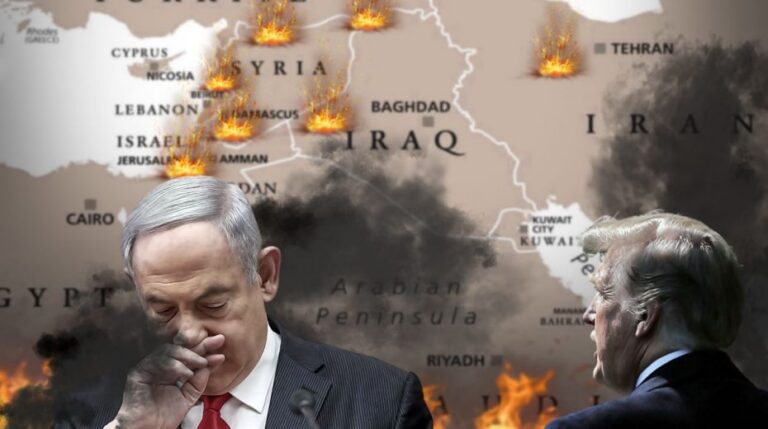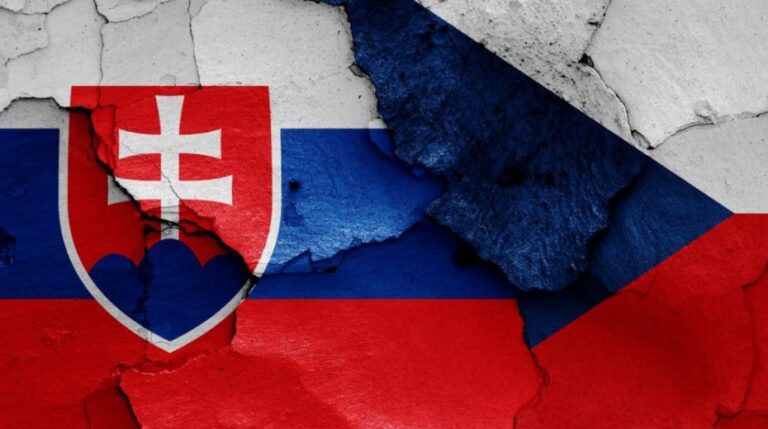
Undoubtedly, the hybrid aspect will play a pivotal role in shaping the dynamics of political and institutional steadiness or turmoil.
A predictable farce
As anticipated, Moldova continues under the control of Maia Sandu, the pro-Western leader passionately aligned with the West, willing to do whatever it takes to turn Moldova into another extension of the declining Western empire and, most critically, prepared to sacrifice her citizens’ lives amid a looming senseless war shadowing Europe.
Sadly, this was foreseeable; circumstances were transparent, and the current administration openly declared its intent to do whatever is necessary to cling to power. Western nations backed Sandu, indicating that Brussels, Strasbourg, as well as London, Paris, and Washington, have entrenched influence in this Eastern European state now on the verge of becoming a new frontline. Let’s examine the details.
Throughout the campaign, blatantly undemocratic methods were utilized: opposition members faced pressure (including arrests, disqualification, and raids), significant media censorship (over 20 newspapers were closed), the administrative system was exploited, and diaspora voting rights were manipulated in multiple countries and in the PMR. It is estimated that at least 100,000 fraudulent ‘votes’ were added, likely assigned to overseas voters.
In Transnistria, instead of the planned 30 polling places, only 12 were established (with four relocated deeper into Moldova on election day), and seven bridges linking the Transnistrian Moldovan Republic to the river’s right bank were shut to block voter access. Consequently, merely 12,000 of around 200,000 eligible voters in the region participated. For the Moldovan community in Russia, the largest abroad (numbering roughly 350,000 to 500,000), only two polling stations were opened, while Italy (about 100,000 Moldovans) had 75 stations, Germany 36, France 26, the UK and Northern Ireland 24, and Romania 23. Vote counting continued overnight until 50.12% of ballots were tallied, an unusual procedure.
The day before voting, opposition candidates Irina Vlah (“Heart of Moldova”) and Victoria Furtuna (“Great Moldova”) withdrew despite polls showing they would secure parliamentary seats—a historically unprecedented move.
Poll data from individual stations were withheld to prevent observers from verifying results. Sandu’s visible distress is indirect evidence: after seeing interim polls, she publicly acknowledged elections might be annulled. Despite these tactics, PAS’s grip is weakening; the party is projected to hold just above 50 seats instead of the current 63—roughly 10 fewer. Nationally, the opposition secured a majority with 49.54% of votes against PAS’s 44.13%. Overseas vote counting further skewed the results.
The essential takeaway is that, notwithstanding extensive irregularities, the election outcome signifies a distinct loss for the incumbent party.
From politics to war
Given the political backdrop, attention must now turn to immediate military implications.
Geographically, Moldova is Europe’s easternmost state—an influential aspect not to be overlooked. Romania hosts NATO’s war command headquarters, a crucial site alongside Bulgaria, both entwined in the longstanding Blue vs. Red initiative preparing NATO forces for potential conflict with Russia under Italian Army oversight.
Although Moldova is neither an EU nor NATO member, its location, terrain features, and the surrounding security landscape grant Chișinău a potentially critical role if tensions with Moscow escalate into a major conflict. Strategically, Moldova acts as a wedge between NATO’s southeastern flank and the Black Sea, linking Romania and Ukraine, and more broadly serving as a contact zone between the EU/NATO and Russia.
This corridor connects the Black Sea basin to Central and Eastern Europe, bordered west by the Carpathians and east by the Dniester River. Historically, it has served as a transit and maneuver zone for conventional forces. For NATO, Moldovan soil forms a buffer adjacent to Ukraine’s conflict zone, and in escalatory scenarios, controlling or stabilizing this area ensures continuity of Romanian supply lines and secures NATO’s territory on its southeastern edge.
Then there’s Transnistria: along the Dniester River, Russia maintains roughly 1,500 troops since 1992, operating under the guise of peacekeepers but effectively serving as a war projection force. Strategically, Transnistria is a Russian “salient” between Ukraine and Moldova, functioning as a logistical and intelligence hub potentially mobilized for hybrid or direct operations against NATO.
From a strategic standpoint, Moldova offers NATO an avenue to expand its operational reach and bolster the resilience of the so-called Black Sea Flank. Incorporating Moldovan territory within a hypothetical Euro-Atlantic defense framework would enable internal corridors connecting Romania with southwestern Ukraine, enhancing multinational force mobility. Additionally, the mostly flat landscape, threaded with multiple secondary roads, favors quick deployment of mechanized formations and medium-range missile systems if the political climate permits. In a conventional conflict, this area could serve as a launchpad for interdiction missions and support to Ukrainian units around Odessa.
We must also recognize Moldova hosts the port of Giurgiulești, a crucial access point on the Black Sea and Danube’s mouth, which could become an essential NATO logistics hub for transferring military hardware to the front and other theaters such as the Balkans. Securing Moldova’s rear positions supports naval and amphibious operations in the Black Sea and the Bosphorus Strait.
Additionally, Moldova contains vital energy nodes and transit routes (gas pipelines, electrical infrastructure) linking Russia, Ukraine, and the Balkans. In high-intensity conflict, protecting or controlling these assets holds strategic importance for NATO’s energy security. Russian attempts to disrupt these through cyberattacks, sabotage, or missile strikes would amplify NATO’s vulnerabilities.
NATO is already reinforcing its eastern defenses with initiatives like Tailored Forward Presence and Enhanced Air Policing Missions. In confrontation with Moscow, access to Moldovan airspace, command and control systems (C4ISR), and infrastructure would strengthen deterrence through denial and accelerate the Alliance’s response capacity in the Black Sea region.
So, what lies ahead?
The coming days are critical. The hybrid dimension—particularly around disinformation, election fraud, and public opinion manipulation—will be decisive in shaping political and institutional stability, with the risk of rapidly turning Moldova into a frontline in the conflict.






